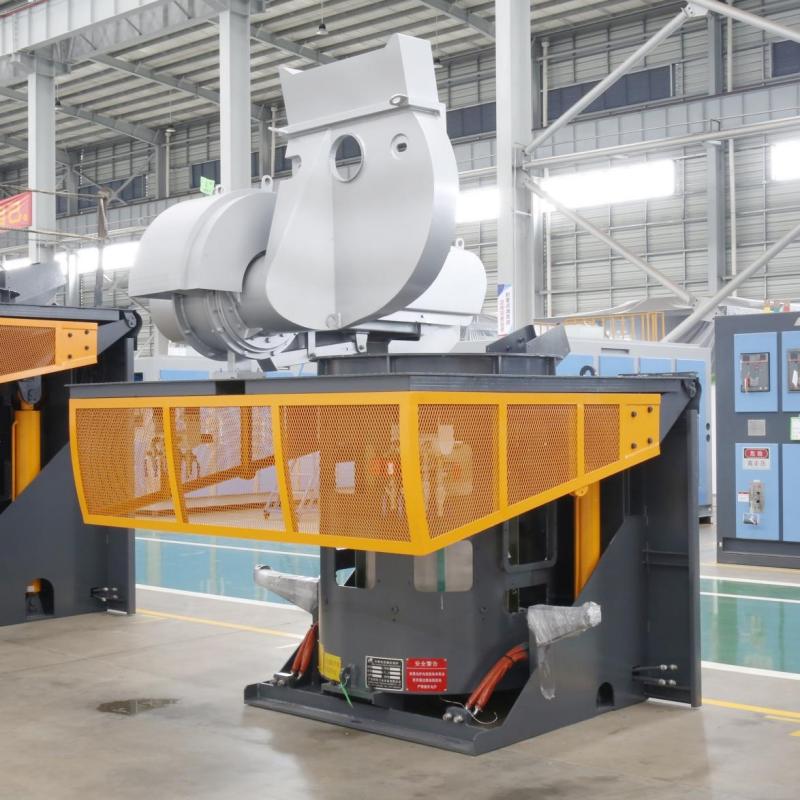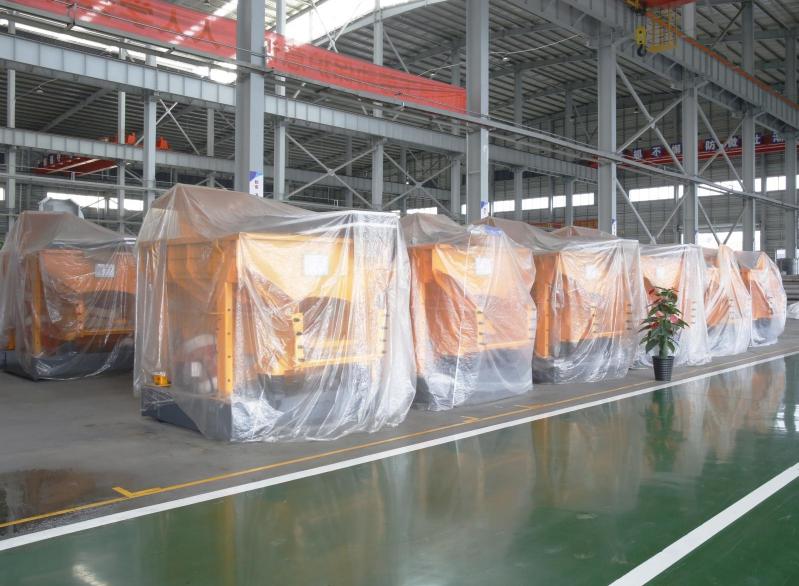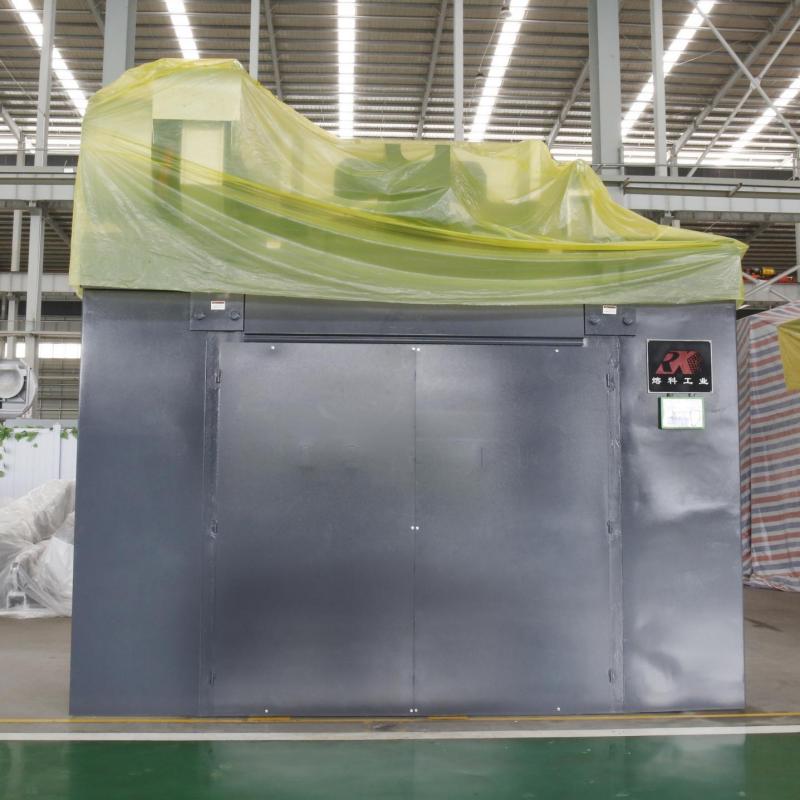Why Automatic Feeding System Ends Charging Inconsistencies
Automatic Feeding System technology is rewriting the rulebook for foundry charging, turning yesterday’s chaos into a smooth, traceable, and low-risk workflow. At RONGKE we see, every day, how a single mis-weighed shovel of alloy can ripple through an entire melt shop – raising costs, slowing taps, and straining teams. The following article explains, from a manufacturer’s point of view, why legacy practices fall short and how our solution closes the gap.
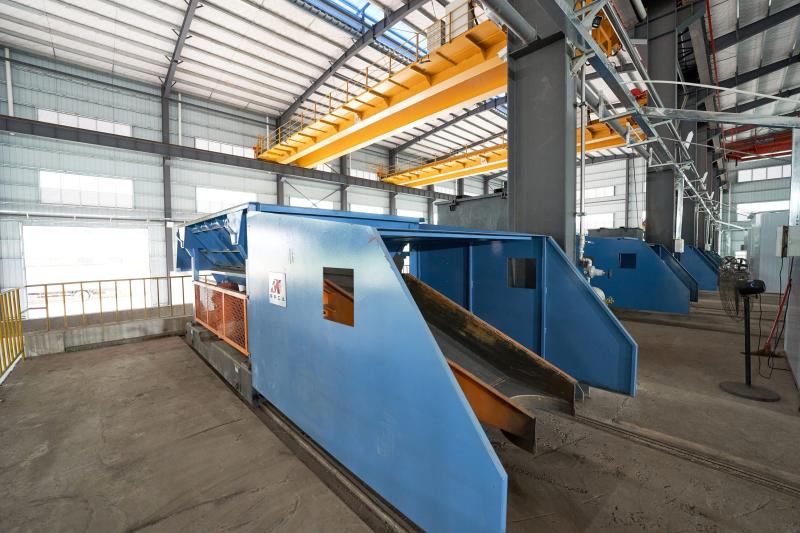
Manual Charging Pain Points vs Automatic Feeding System
Manual charging evolved when furnaces were smaller and metal grades were simple. In today’s high-throughput foundries the same approach exposes painful weak spots:
• Hidden Costs of Manual Charging
Hand measurements vary from person to person, shift to shift. The result is either over-alloying – wasting expensive elements – or under-alloying, forcing re-treatment and re-heat. Both inflate the kilowatt-hours per tonne and push deliveries off schedule.
• Safety and Labor Strain
Workers still climb ladders with heavy ladles, stand near radiant heat, and dodge molten splashes. The physical toll limits shift lengths, while regulatory pressure on workplace safety keeps rising.
• Blind Spots in Data
A clipboard on the melt floor cannot feed live information to management software. Without realtime feedback, quality teams learn about deviations only after the pour, when correction is slow, costly, or impossible.
By contrast, an Automatic Feeding System uses sensors, radar scanners, and PLC-driven dosing valves to shrink every one of those pain points into a manageable parameter – then keeps it there, run after run.
Inside RONGKE‘s Automatic Feeding System
Our engineering team designed each module to solve a specific step in the process, yet all modules speak the same control language. The platform scales from a single induction furnace to a multi-line cupola shop, making it a true smart foundry feeding equipment suite.
• Automatic Iron Batching
A roof-mounted radar emitter scans stockpiles, maps volume, and sends depth data to the central PLC. Guided by customer recipes, the travel crane positions an electromagnetic disc over the correct raw-iron zone. Each take-off is weighed in motion, building an accurate batch long before material reaches the furnace mouth.
✅ Eliminates guesswork in base-metal loads
✅ Keeps raw-iron stock visible and auditable at all times
• Alloy Batching
Spectrometer feedback loops directly into the alloy hoppers. As soon as an analysis certificate indicates drift, the control algorithm retunes the feed ratio. That closed-loop logic maintains chemistry while shaving excess alloy that would otherwise melt into overhead.
✅ Real-time linkage to spectrum data
✅ Cuts alloy overshoot without touching grade tolerances
• Charging Cart
Instead of a single hopper, RONGKE’s vibration cart carries a dedicated iron bin and a separate alloy bin. Walking-beam rails grant smooth travel, and the fine-tuned vibration motor delivers even flow with no molten splash. Sequencing is programmable – first iron, then alloy, or vice-versa – giving operators flexibility without manual intervention.
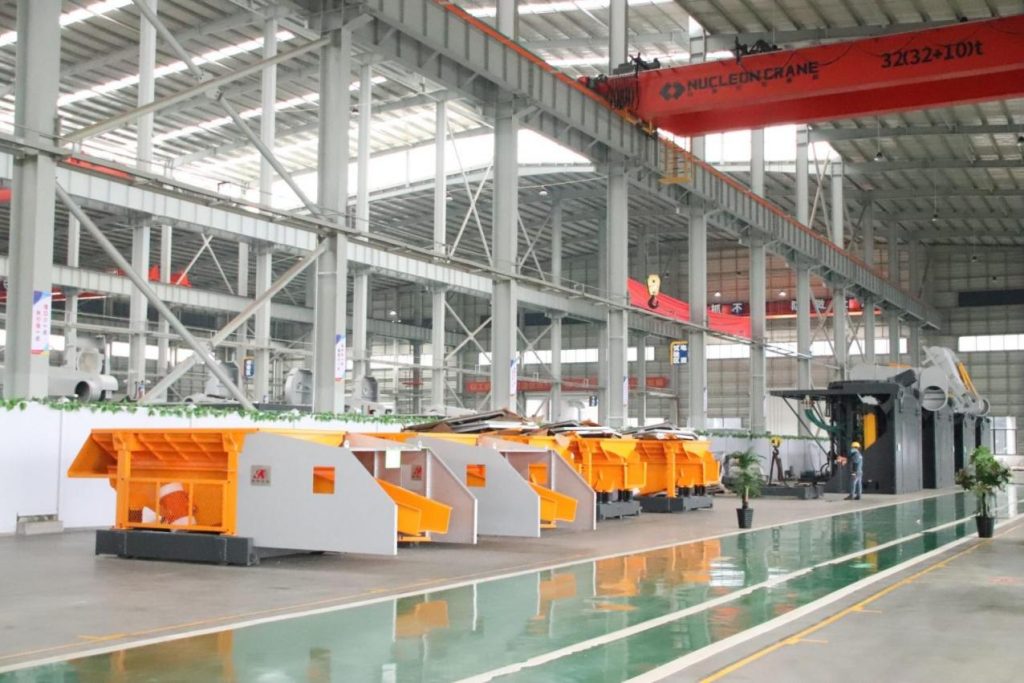
• Real-Time Monitoring & Control Layer
All measurements – weight, hopper level, furnace load, power draw – enter a time-stamped database that supervisors view on any browser. The same interface pushes alarms to handhelds, so process engineers can adjust routines from the control room or the casting floor.
• Batch formulas reside in secure memory and can be recalled by grade name
• API hooks share KPIs with ERP, MES, or cloud dashboards
• Archives support traceability audits and continuous-improvement meetings
Notably, the entire stack ships ready for on-site tailoring. Whether you run pig iron blends, high-nickel ductile, or specialty steels, RONGKE engineers map your furnace geometry and production rhythm, then script custom logic. That flexibility – combined with off-the-shelf robustness – makes the system an automatic iron batching solution for both green-field plants and brown-field retrofits.
Steps, ROI, and Your Next Move
Rolling out full automation may sound complex, yet our project pathway keeps it predictable:
• Quick Start Checklist
✅ Evaluate current charging losses – scrap, alloy, re-heat, idle time
✅ Digitize at least one existing recipe for baseline comparison
✅ Install the radar scanner and test crane travel on an empty shift
✅ Link spectrometer output to the PLC with a simple Ethernet patch
✅ Train operators on a twin-screen console before live production
Because capital budgets and shutdown windows differ, the platform accepts phased adoption. Many partners begin with just the iron-batching module and add alloy dosing or cart automation the following maintenance cycle.
Beyond smoother melts, customers report softer wins that rarely show on balance sheets: higher morale, easier scheduling, and a stronger brand message when touring clients see automated consistency instead of shovels and sparks.
Call to Action
Are manual scoops still ruling your melt deck? Let RONGKE demonstrate exactly how an Automatic Feeding System will simplify your charging, improve safety, and free capacity for growth. Contact our engineering team today for a no-obligation process walk-through and discover a smarter path to perfect melts. Adopting the right technology is no longer an upgrade – it is a survival strategy in a market that demands faster turnaround, tighter grades, and flawless compliance. RONGKE stands ready to guide you from manual chaos to automated confidence, one precise batch at a tim



